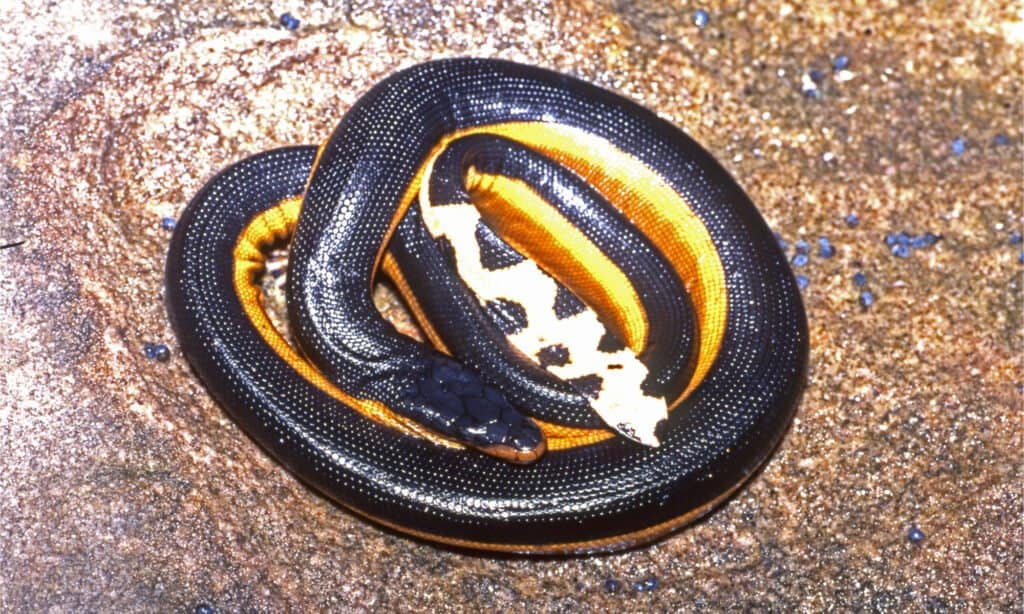Snakes are fascinating creatures that communicate their health status primarily through physical cues and behavior patterns. Unlike mammals that may vocalize discomfort, snakes rely on subtle movement changes to signal when something isn’t right. For snake owners and enthusiasts, developing the ability to “read” these movement-based indicators can mean the difference between early intervention and serious illness. Even if you’re not a veterinarian, you can learn to recognize when your serpentine companion might need medical attention simply by observing how they move. This article will guide you through the various movement patterns and behavioral changes that could indicate your snake is experiencing health issues, helping you become more attuned to your pet’s wellbeing.
Normal Snake Movement Patterns
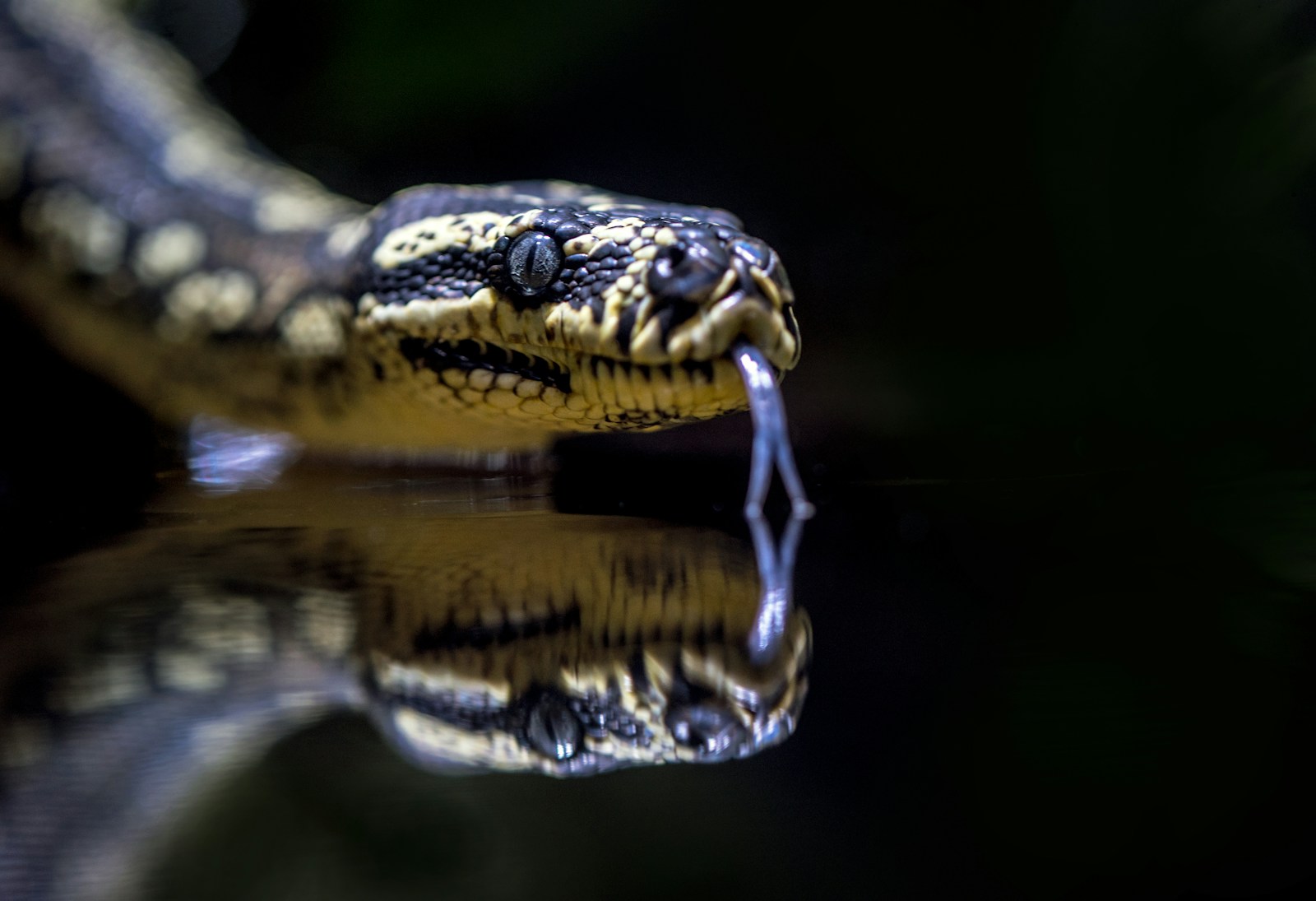
Before identifying abnormal movements, it’s essential to understand what constitutes normal snake locomotion. Healthy snakes typically display smooth, deliberate, and purposeful movements when exploring their environment. The classic serpentine motion involves lateral undulations where the body forms S-shaped curves that push against surface irregularities for forward propulsion. When climbing or traversing branches, most species demonstrate precise control and balance, using their muscles to grip and maneuver with confidence. During restful periods, a healthy snake will coil comfortably, adjusting its position occasionally without strain or awkwardness. These baseline movements establish the foundation against which potential illness indicators can be assessed.
Abnormal Rigidity or Stiffness
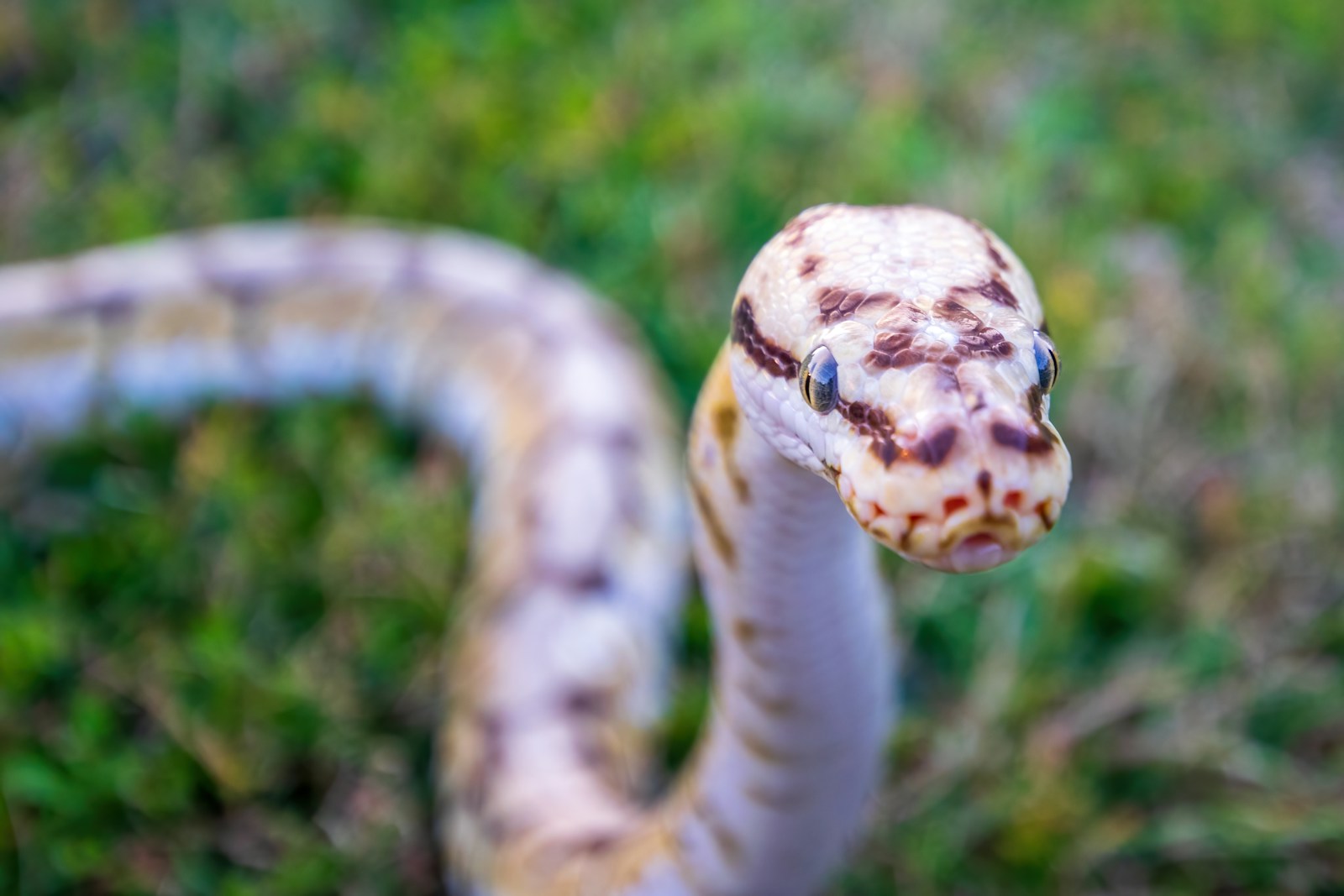
One of the most concerning movement changes in snakes is unnatural rigidity or stiffness during locomotion. A healthy snake’s body should appear fluid and flexible, even when moving slowly. If you notice your snake seems unable to bend normally or exhibits unusual straightness when attempting to move, this could indicate serious neurological issues or musculoskeletal problems. Some infections, particularly those affecting the central nervous system, can cause muscles to become tense and unresponsive. Metabolic bone disease, often resulting from calcium deficiency, may also present as stiffness or difficulty bending, especially in younger snakes. This abnormal rigidity typically appears most pronounced when the snake attempts to turn or navigate around objects in its enclosure.
Star-Gazing and Disoriented Movements
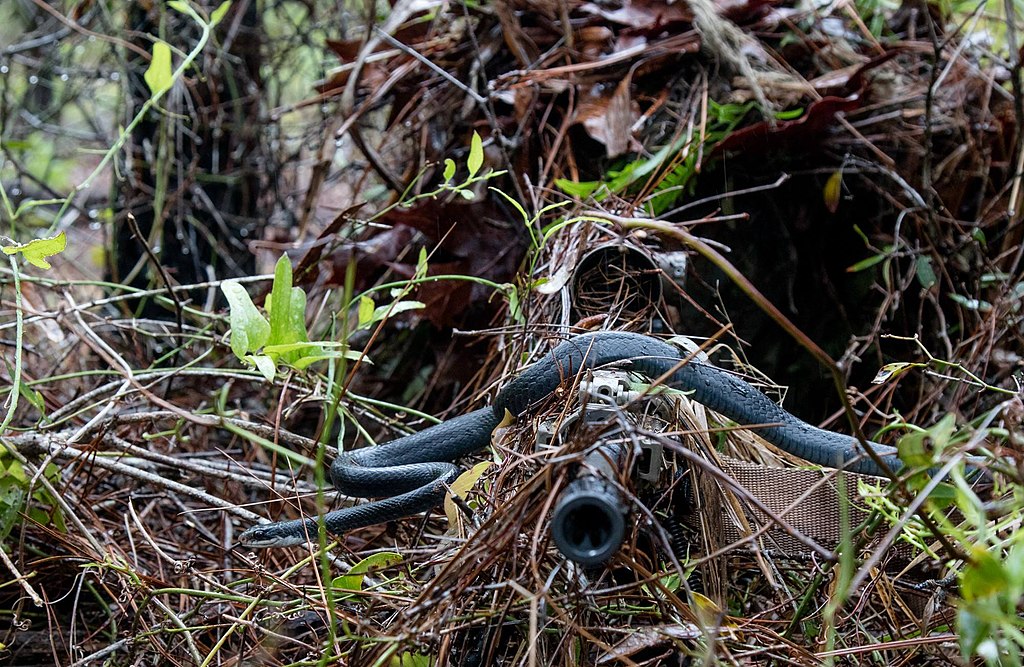
“Star-gazing” refers to a specific neurological symptom where snakes position their heads upward at unnatural angles, as if looking at the sky or ceiling. This concerning behavior is often accompanied by disoriented movements, where the snake appears unable to navigate properly or control its directional movements. These symptoms commonly indicate inclusion body disease (IBD) in boid species like pythons and boas, a fatal viral condition that progressively damages the nervous system. Additionally, bacterial infections affecting the brain, severe vitamin deficiencies, or exposure to certain toxins may cause similar disorientation and loss of coordination. If your snake begins moving in circles, flipping onto its back repeatedly, or seems unable to right itself when placed on its side, immediate veterinary attention is necessary.
Lethargy and Reduced Movement
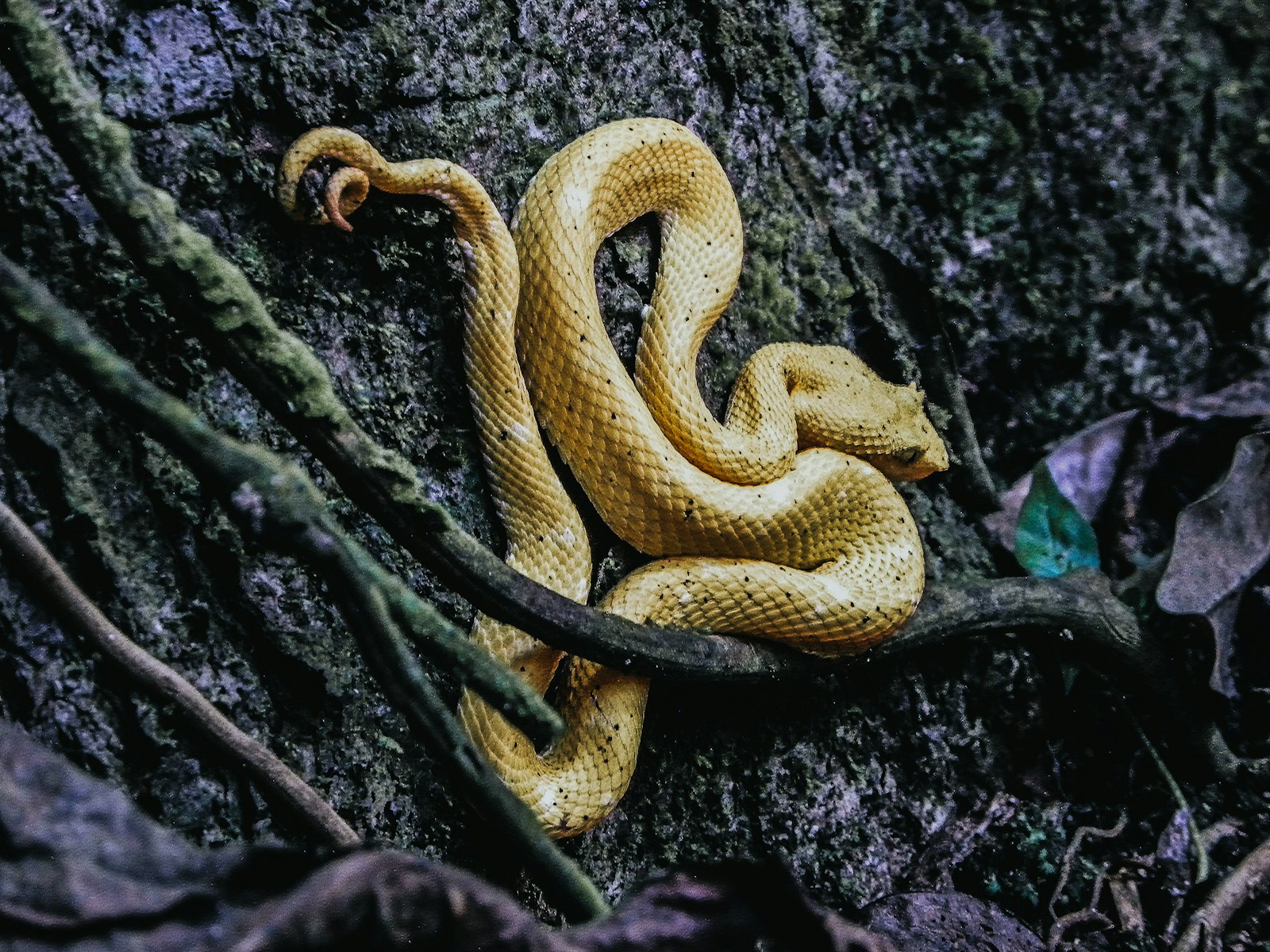
A significant decrease in overall activity level often serves as one of the earliest indicators of illness in snakes. While snakes naturally conserve energy and may remain motionless for extended periods, a healthy snake should still display regular exploratory behavior, especially during their active periods. If your previously active snake suddenly shows reluctance to move, remains in one position for days, or demonstrates sluggish responses when gently prodded, illness should be suspected. This lethargy might indicate respiratory infections, digestive issues, or systemic illness affecting multiple body systems. Be particularly concerned if reduced movement coincides with other symptoms like irregular breathing patterns or lack of interest in food. Remember that seasonal changes and pre-shedding behavior can also reduce activity, so consider these natural cycles when evaluating movement changes.
Tremors and Muscle Twitching
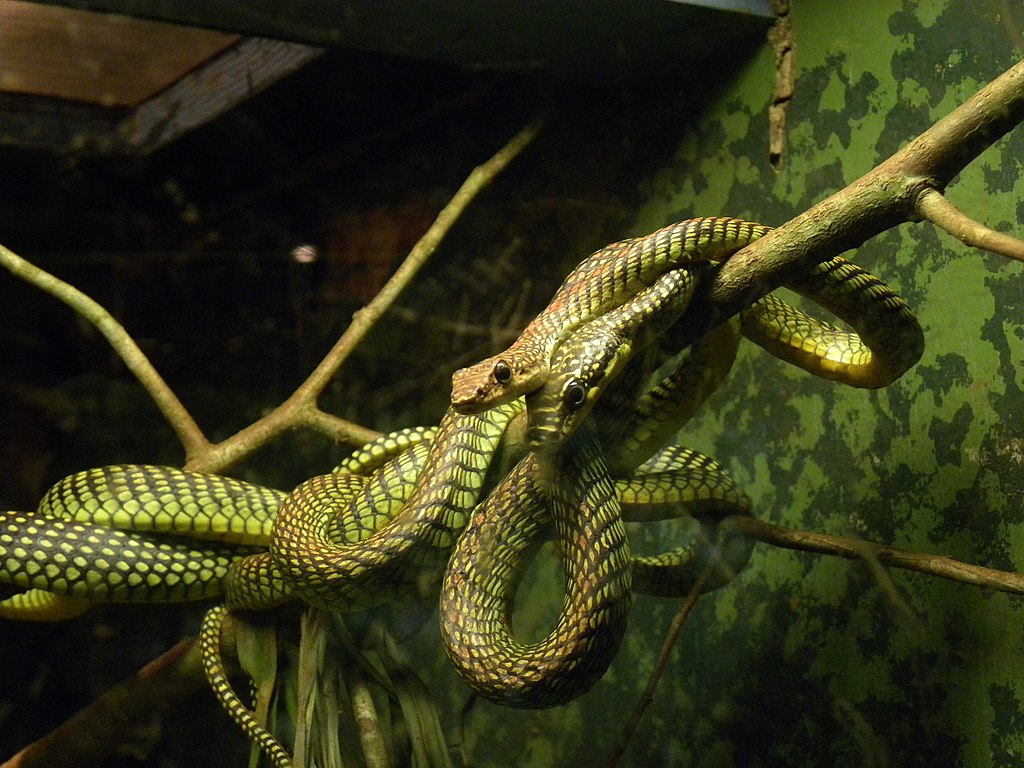
Involuntary muscle movements like trembling or twitching represent significant abnormalities in snake locomotion that warrant immediate attention. Healthy snakes maintain precise muscle control, and any spontaneous quivering, especially during rest periods, suggests neurological dysfunction or metabolic disturbances. These tremors might appear as fine vibrations along the body, isolated twitching in specific muscle groups, or in severe cases, full-body convulsions resembling seizures. Potential causes include infectious diseases affecting the nervous system, severe vitamin deficiencies (particularly thiamine), exposure to environmental toxins, or extreme temperature fluctuations in the enclosure. Advanced cases of inclusion body disease often present with progressive tremors that worsen over time. Document when and where on the body these movements occur, as this information will prove valuable to your veterinarian during diagnosis.
Difficulty Maintaining Proper Position
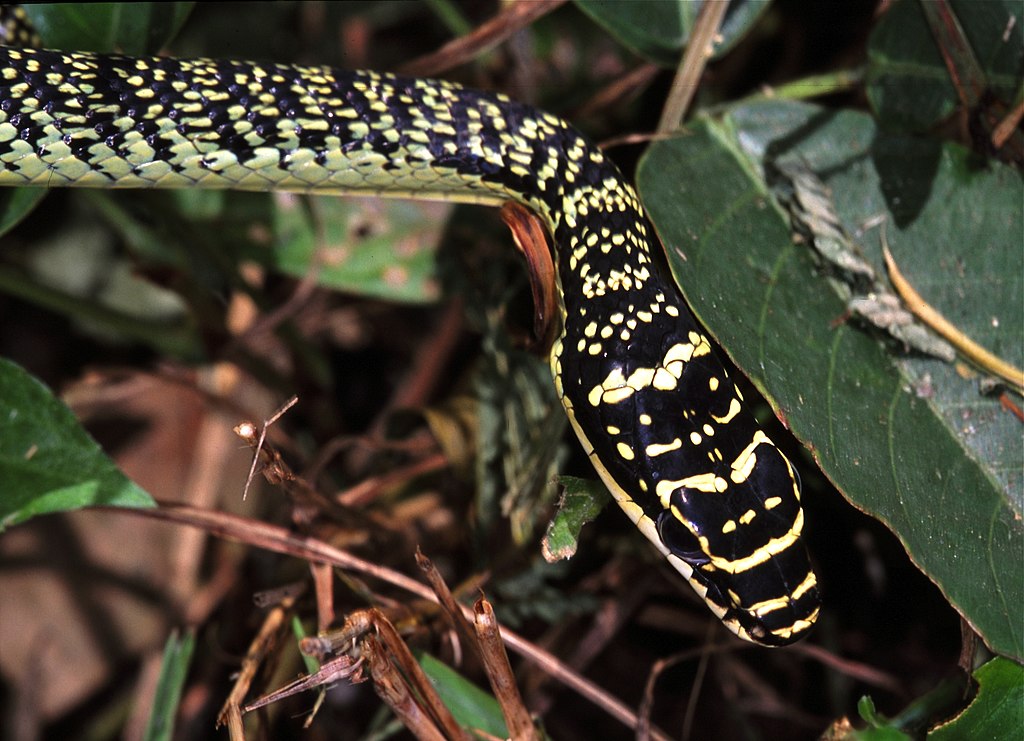
Healthy snakes can maintain their body position with seemingly effortless control, whether coiled on a branch or stretched across their enclosure. When illness affects a snake’s proprioception (awareness of body position) or muscle strength, you may observe it struggling to maintain normal postures. This might appear as the snake’s body rolling to one side involuntarily, inability to properly grip climbing surfaces, or the midsection collapsing under its own weight when attempting to raise the front portion of its body. Some snakes may display a “corkscrewing” movement where the body twists abnormally during attempts at forward motion. These positioning difficulties often indicate serious neurological conditions, inner ear infections affecting balance, or severe muscle weakness from systemic disease. Pay particular attention to whether these symptoms appear suddenly or have developed gradually, as this progression pattern provides important diagnostic clues.
Labored Movement After Feeding
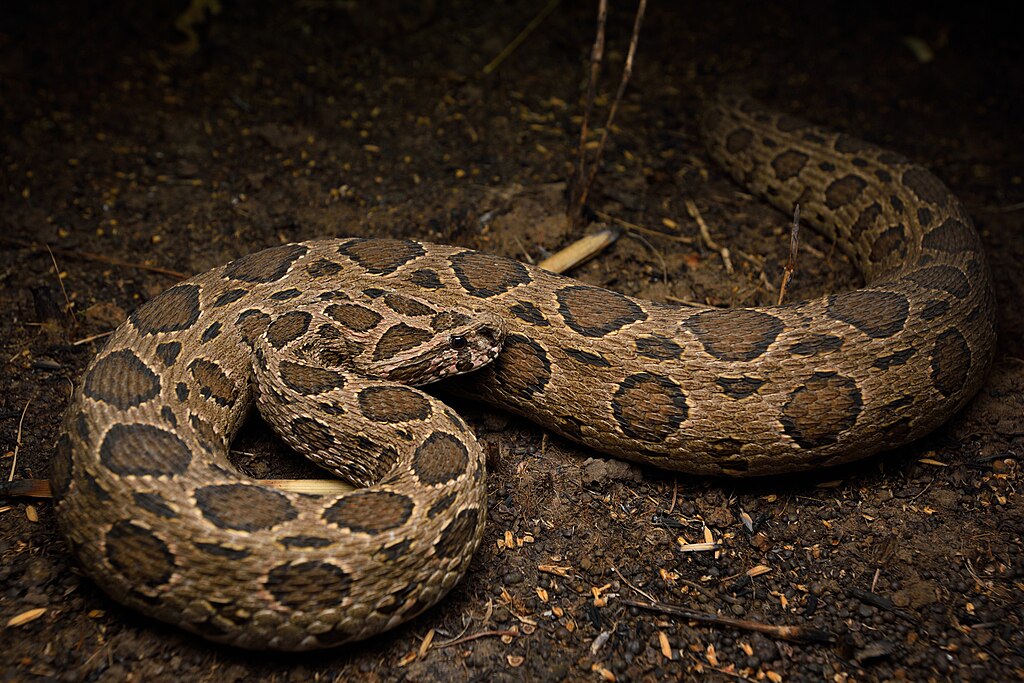
The post-feeding period provides a crucial window for observing potential digestive health issues in snakes. After consuming prey, healthy snakes typically reduce movement temporarily as they begin the digestive process, but this inactivity should appear relaxed rather than distressed. Signs of problematic digestion include unusual restlessness, frequent repositioning, or apparent discomfort when moving the midsection where the food bolus is located. Some snakes with digestive difficulties may drag their bodies awkwardly or position themselves in strange angles seemingly attempting to alleviate pressure. Regurgitation, especially when preceded by these abnormal movements, indicates potentially serious conditions like infectious gastroenteritis, intestinal obstruction, or improper husbandry conditions. Monitoring post-feeding movement patterns is particularly important for snakes fed large prey items relative to their body size, as these meals create greater digestive demands.
Open-Mouth Breathing During Movement
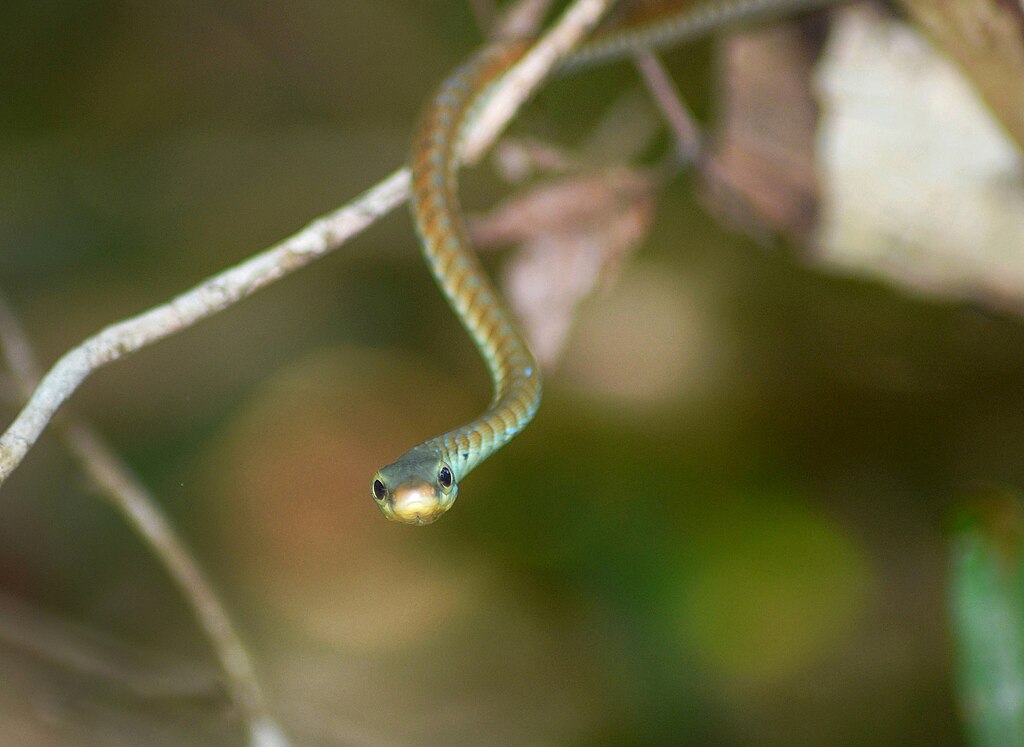
Respiratory distress often manifests in altered movement patterns that snake owners should vigilantly monitor. Healthy snakes breathe through their nostrils while in motion, rarely opening their mouths except during defensive displays or when preparing to feed. If your snake consistently moves with its mouth open, particularly if accompanied by audible wheezing, clicking sounds, or bubbling around the mouth or nostrils, this suggests significant respiratory compromise. You might notice the snake pausing frequently during movement, appearing to struggle for breath, or exhibiting exaggerated body movements as it attempts to expand its limited lung capacity. Respiratory infections commonly cause these symptoms and may result from suboptimal humidity levels, bacterial or fungal pathogens, or viral infections. Since snakes possess only one functional lung, respiratory conditions can rapidly become life-threatening without prompt treatment.
Dragging or Favoring Body Parts
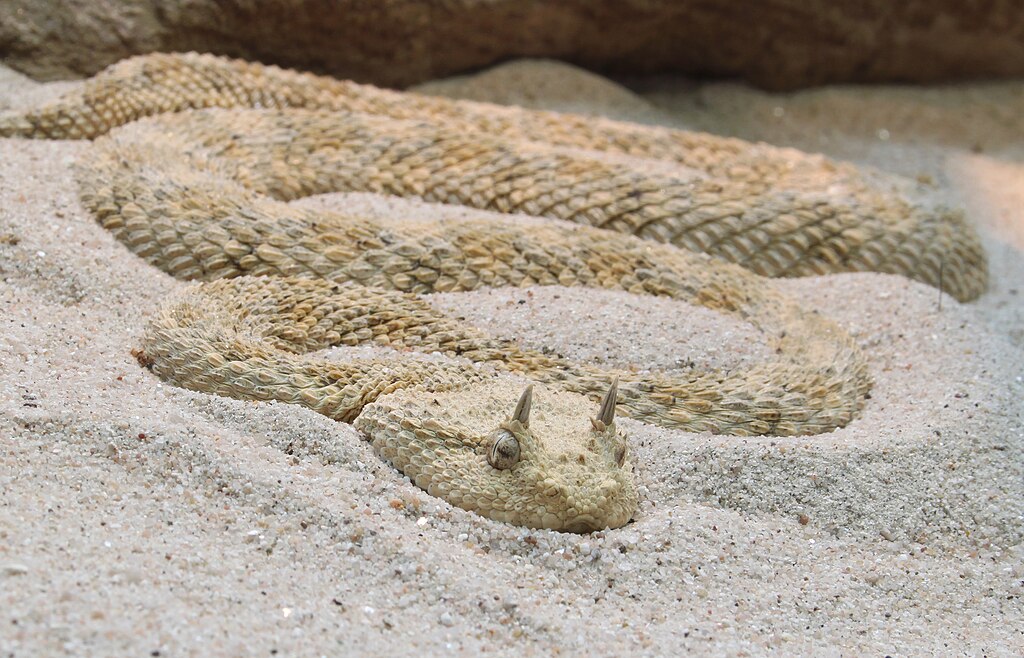
Selective movement impairment where certain body sections appear weak or dysfunctional can reveal localized health problems in snakes. Unlike mammals with limbs that can be obviously favored when injured, snakes demonstrate subtler signs of localized issues, such as dragging a portion of their body, creating unusual bends to avoid using certain muscles, or moving asymmetrically. This pattern often indicates injuries like burns from heating elements, internal or external parasites clustered in specific body regions, abscesses, or trapped shed skin restricting movement. In some cases, spinal injuries or tumors may cause partial paralysis affecting sections of the body. Close observation reveals these snakes will adapt their locomotion to compensate for the affected area, using stronger body sections to propel themselves while minimizing movement in the compromised region.
Unusual Swimming Behavior
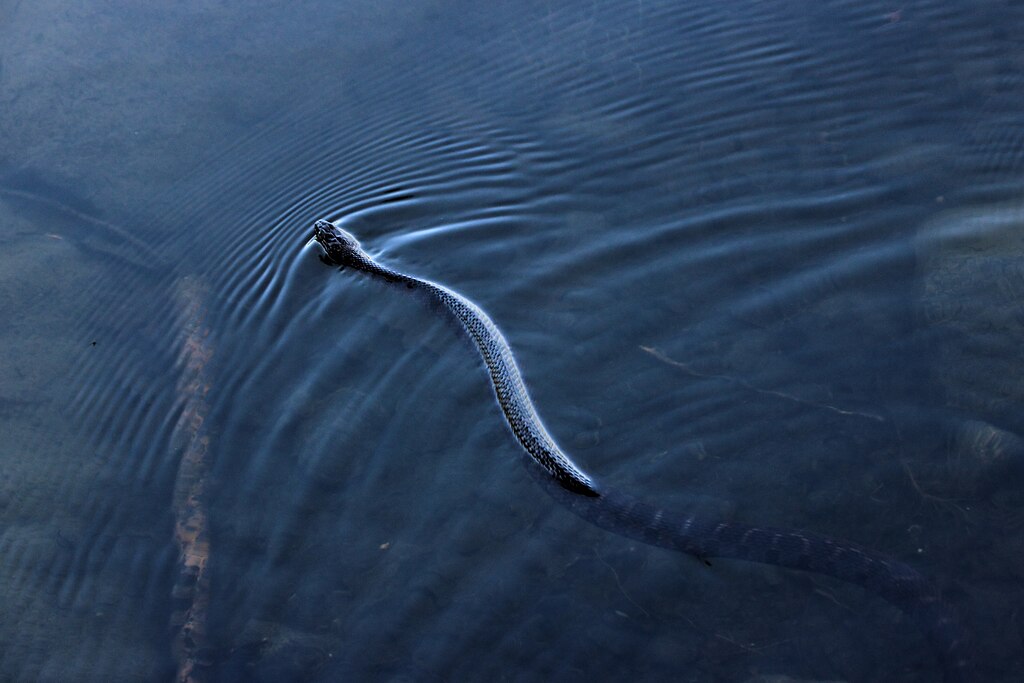
For semi-aquatic or aquatic snake species, water behavior provides additional diagnostic clues about potential health issues. Healthy aquatic snakes demonstrate excellent buoyancy control, maintaining their position at desired depths with minimal effort and surfacing smoothly when needed. Illness may manifest as difficulty maintaining proper body position while swimming, with the snake listing to one side, struggling to keep its head above water, or showing jerky, uncoordinated movements unlike their normally graceful aquatic locomotion. Some sick snakes might avoid water entirely despite previously enjoying aquatic activities. These changes can indicate inner ear infections affecting balance, neurological conditions, or respiratory infections making underwater navigation more difficult. Even primarily terrestrial species offered shallow water dishes may reveal health problems through their reluctance to enter water or abnormal behavior when partially submerged.
Erratic Striking or Feeding Movements
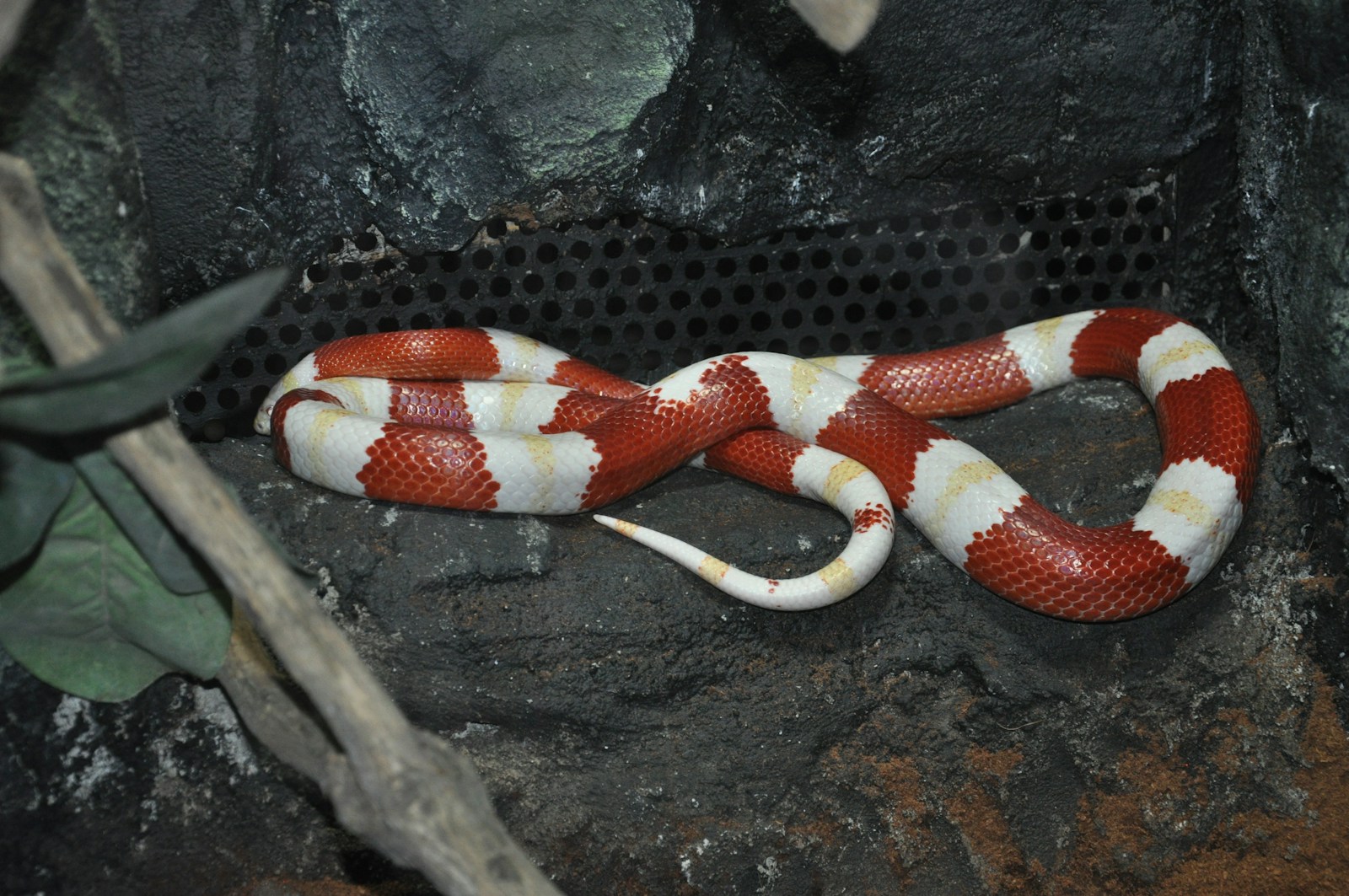
The precise coordination required for successful hunting and feeding provides another window into a snake’s neurological health. Healthy snakes demonstrate remarkably accurate striking ability, calculated approaches to prey, and coordinated swallowing movements. When illness affects the nervous system, you might observe missed strikes where the snake misjudges distance or direction, uncharacteristic hesitation before striking, or inability to properly align its jaws when attempting to consume prey. Some neurologically compromised snakes develop “corkscrew striking,” where the head rotates abnormally during the strike attempt. Oral infections or injuries may also cause asymmetrical jaw movements during feeding, where the snake appears to favor one side of its mouth. Any significant change from your snake’s established hunting and consumption patterns warrants investigation, as feeding behaviors integrate multiple neurological and muscular systems that can reveal subtle dysfunction.
Changes in Shedding-Related Movements
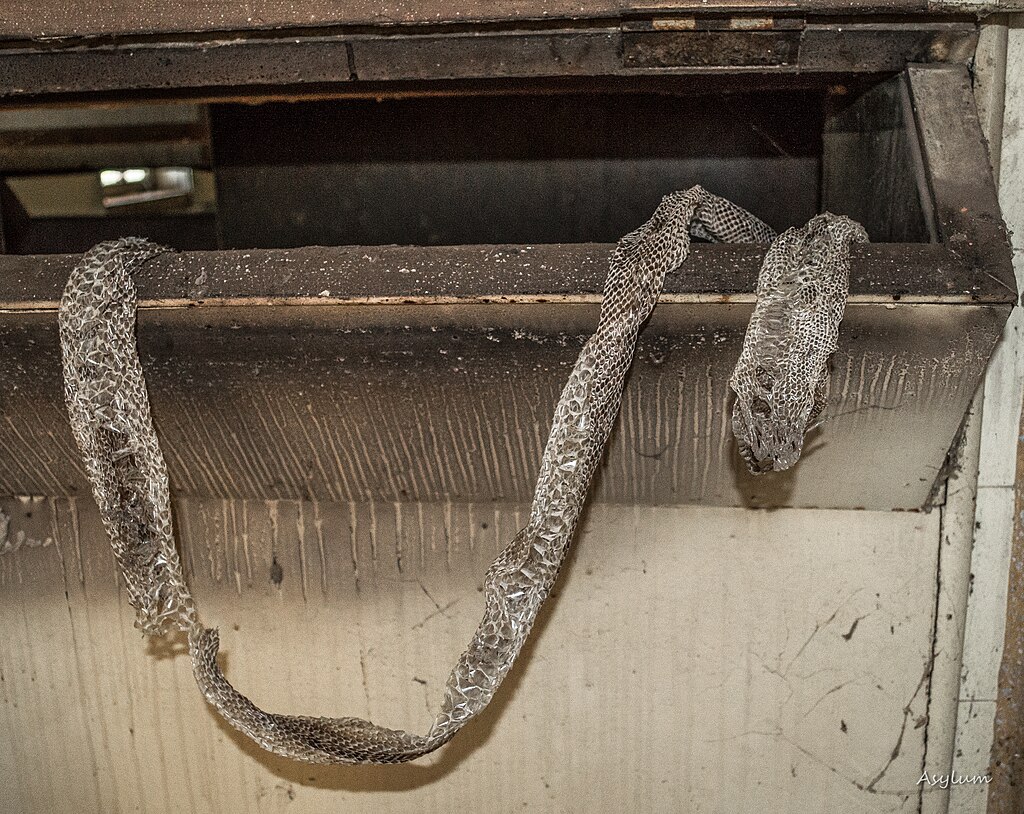
The shedding process involves specific movement patterns that change distinctively when health problems arise. Before shedding, healthy snakes increase rubbing movements against enclosure features to loosen the old skin, often pressing their nose against rough surfaces to initiate the face shield removal. When systemic illness or dehydration affects a snake, these preparatory movements may appear halfhearted, uncoordinated, or entirely absent. During active shedding, healthy snakes demonstrate flowing, purposeful movements as they slide out of their old skin, typically completing the process in one continuous session. Sick snakes often struggle with piecemeal shedding, making repetitive but ineffective rubbing movements that fail to remove the loosened skin. They may also display unusual contortions trying to remove stuck shed, particularly around the eyes and tail tip. These altered shedding movements commonly indicate underlying health issues like respiratory infections, dehydration, or nutritional deficiencies affecting skin health.
When to Seek Veterinary Care
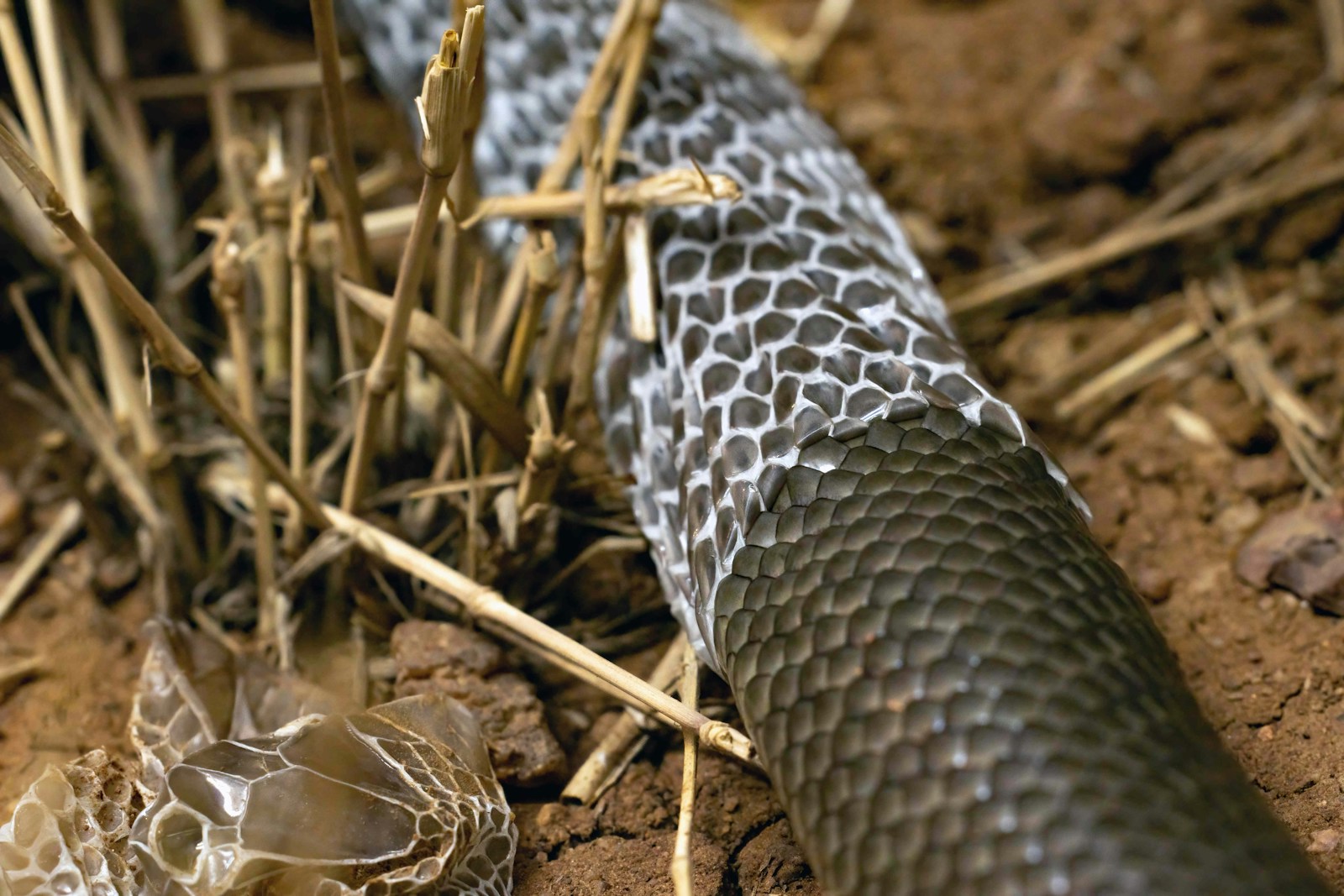
Understanding when movement changes warrant professional intervention can save your snake’s life. Immediate veterinary attention is necessary for any snake displaying severe neurological symptoms like star-gazing, tremors, seizures, or inability to right itself when placed upside down. Similarly, respiratory distress evidenced by open-mouth breathing, gasping movements, or severely labored motion requires urgent care. Movement changes that persist beyond a temporary stress response (typically lasting minutes to hours) or progressively worsen over days should never be ignored. While subtle behavior alterations might initially warrant a 24-48 hour monitoring period with attention to environmental factors, significant movement abnormalities combined with other symptoms like weight loss, regurgitation, or discharge from the mouth or nostrils necessitate professional assessment. Remember that many snake ailments respond well to early intervention, while delayed treatment often leads to poor outcomes once neurological damage or systemic infection has advanced.
The ability to detect illness through movement observation represents a valuable skill for responsible snake keepers. By establishing baseline knowledge of your specific snake’s normal locomotion patterns, you’ll be better positioned to identify subtle changes that might indicate developing health problems. Regular observation sessions, particularly during active periods, feeding times, and the pre-shedding phase, provide opportunities to assess your snake’s neurological and muscular function. While movement analysis alone cannot replace veterinary diagnosis, it serves as a critical early warning system that empowers owners to seek appropriate care before conditions become advanced. As you develop this observational skill, you’ll gain deeper appreciation for the remarkable biomechanics of healthy serpentine movement while protecting your scaled companion’s wellbeing through informed vigilance.

